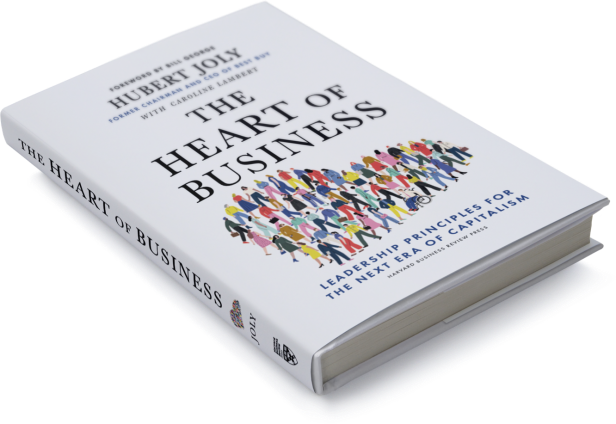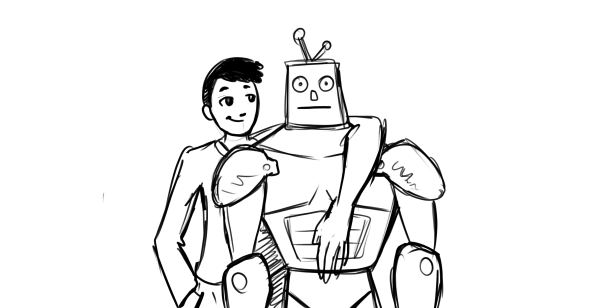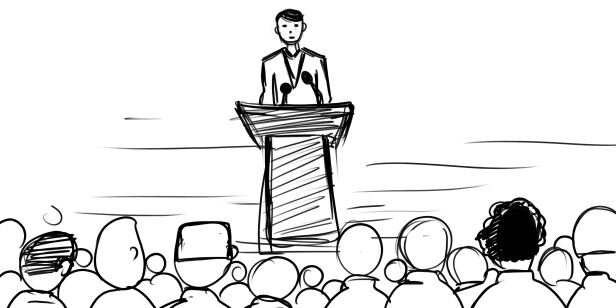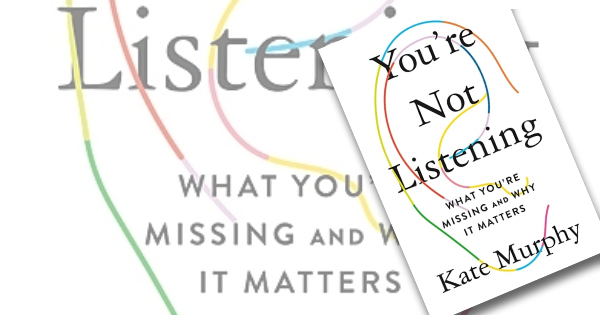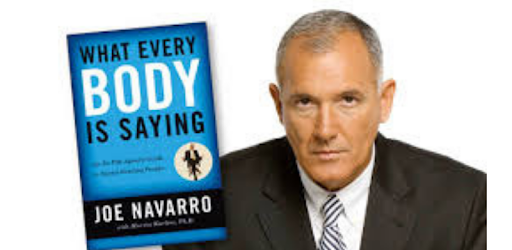I went through Getting things done because I never offer a book before I have read it myself. And I was looking for a Christmas gift to my team. What if this present could be a life changer in their way to keep up with New Year resolutions? I will offer the book. It is definitely a good read. Here is a short synthesis in case you are interested.
Author David Allen affirms most of us feel overwhelmed because our mind can only process one thing at a time while modern life provides for a long list of things to do, limitless possibilities, and bottomless depth of information about these possibilities. Thus, our mind keeps nagging us at random moments of the day about many tasks with unclear outcome, unclear next steps, or unclear moment when to do them. These situations create open loops in our brain where we wander again and again. Our subconscious keeps asking: what is it? What’s the next action? are you sure you will not forget it?
The author suggests we organize our mind so that we never have the same thought twice, unless we like having that thought. To do so, we should first capture everything that has our attention and jot it down. Second, we should clarify what it is, what we want out of it, and what is the next physical action required to move the situation forward. Third, we should decide what to do with it. Fourth, we should reflect on it. And finally, we should engage with it.
The capture step supposes we organize 100% of our tasks within a classification system. There are many physical and virtual ways to do so. I use Microsoft To do (former Wunderlist), hard drive folders, and my Outlook calendar to organize my actions. What do you use?
Then, the clarification step consists in wondering what we want out of the task and whether it is actionable or not. If it is not actionable, the element shall be trashed, archived as a reference document or classified within a « think about it » or « Maybe some day » category. These categories could include for instance suggestions of books to read, movies to see, or weekend trips to make. Ationable elements should be written down in a precise active form. Thus, « doctor apointment » becomes « Call Doctor Riester to make an apointment ». Ask yourself « What is the next action ? » until the answer becomes a mundane down to earth what to do sentence. Actions may be divided into sub-actions at a level that breaks complexity into optimal simplicity.
Third step is deciding what to do. Any task taking less than 2 minutes should be done right away. Then, consider delegating actions taking more than 2 minutes. Are you sure you have to do it? If you should be doing it, then defer it to ther right moment. I typically enter the action at the right time of my calendar. It ensures I bump into it at the moment I think best to actually perform the task.
The reflection step is reorganizing our backlog regularly. Weekly for the current projects and actions. And possibly twice a year for more high level thinking such as life goals, long-term visions, 1-2 year objectives, and areas of focus.
Finally, David Allen suggests we engage with tasks at the right moment. The right moment depends on the context (i.e. where you are), the level of urgency, your energy level (some tasks are better done in the morning when you are fresh while some others may require less brain power and fit down moments), and the priority level.
Try to start the day with deciding what are the few things you truly need to do today. Then you should do predefined work as much as possible. Obviously new stuff will come up and you might end up busy on work as it shows up. The author suggests we think deeply whether or not working on the new stuff is the right thing to do. Is it really the best use of your time or are you seduced by a fake sense of urgency ?
What about another good curated read?

